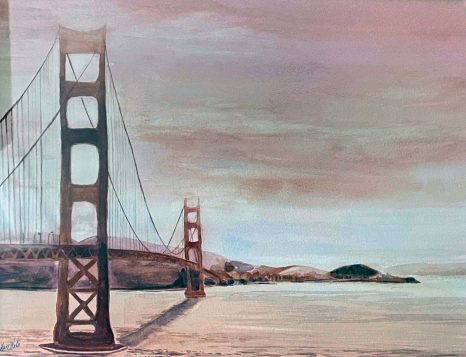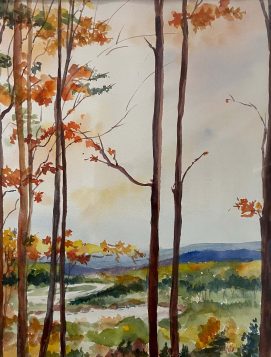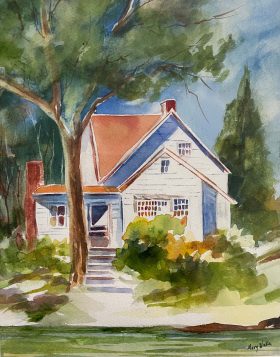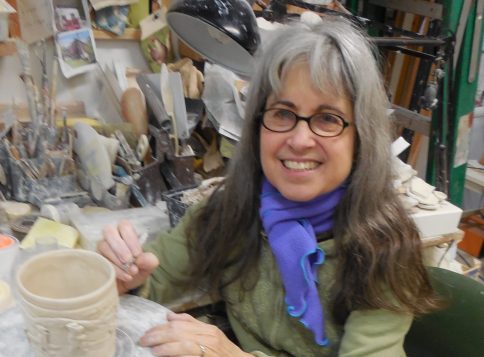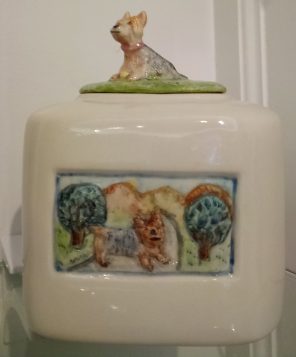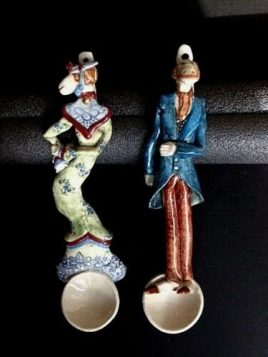During the month of April, the Reboli Center for Art and History in Stony Brook will showcase the art of jeweler Keith Lewis.
Lewis was not like your average six year old. At that age, he began collecting corn silk from the family garden and bits of broken glass. He imagined them to be like gold and diamonds. Growing up in Europe and Asia, he continued to be enthralled by jewelry, so much so that at 12 years old, he learned to cut gems in South Korea at a lapidary shop and to cast and construct jewelry shortly afterwards.

Lewis studied art at several universities and graduated with a Masters of Fine Arts in Goldsmithing from SUNY New Paltz in New York. Shortly after graduation, he participated in his first craft show and hasn’t stopped. In fact, Lewis has had the opportunity to show his work in nearly every major craft exhibition in the United States. His Mica Pod earrings were chosen to be the logo for the 2010 Smithsonian Craft2Wear exhibition.
According to Lewis, his process for creating jewelry entails incorporating, “the materials, textures and surprises found in nature. I am currently using amber Mica which I layer with 23K gold-leaf, carving volcanic stone and Anthracite, which I inset with natural pearls and precious stones.
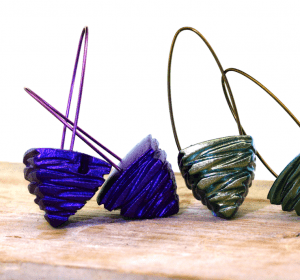
“In addition, I create my copper finishes using a Japanese technique called Hiirodo where I heat the finished copper shape until brightly glowing, then plunge it into boiling water to achieve a plum red appearance. In what I call the ‘Raku’ version of this patina, variations in the surface coloration are created by pressing the white-hot copper onto wood, causing flames and smoke which change what would have been an even, plum red finish into more organic tan and dark brown colors. The diverse materials I work with require a combination of goldsmithing techniques to turn them into a piece of finished jewelry.”
“At the Reboli Center, we not only admire Keith’s beautiful designs and unique materials, but also that for more than 20 years he has been donating a portion of the sales for his ‘heart’ earrings to the Family of Woodstock. This organization provides shelter and services for victims of domestic violence. At shows, buyers of ‘heart’ earrings are given a SASE to send the full cost of the earrings directly to the shelter. He truly is a gem,” said Lois Reboli, founder and president of The Reboli Center.
The Reboli Center is located at 64 Main Street in Stony Brook. Operating hours are Tuesday to Saturday from 11 a.m. to 5 p.m. and Sunday from 1 to 5 p.m. Admission is free, and for more information, call 631-751-7707.

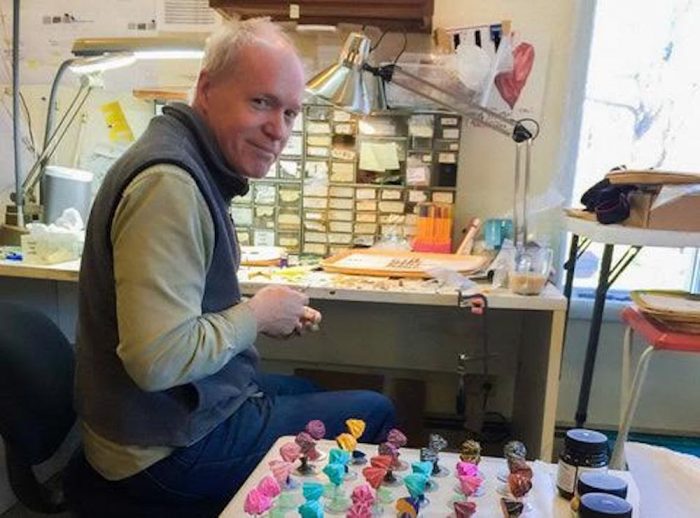
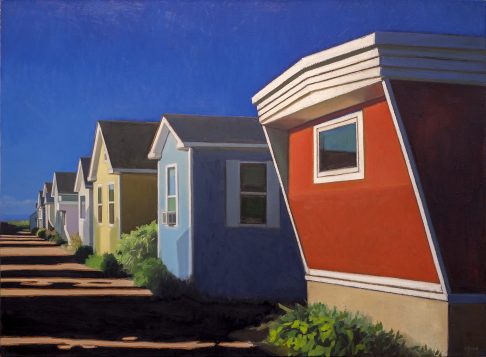

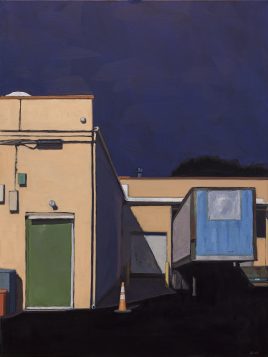
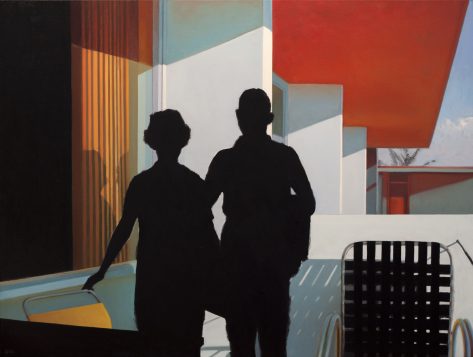

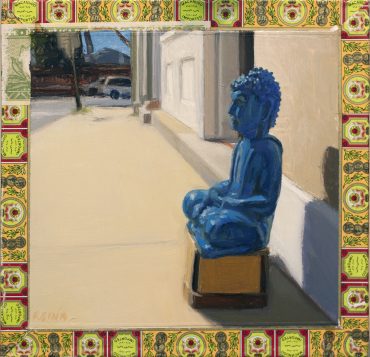
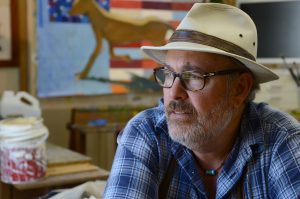



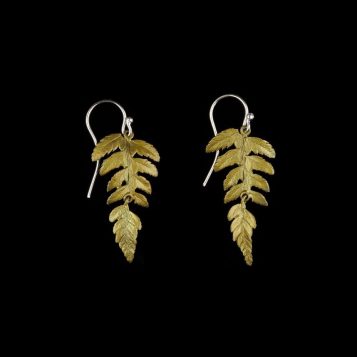
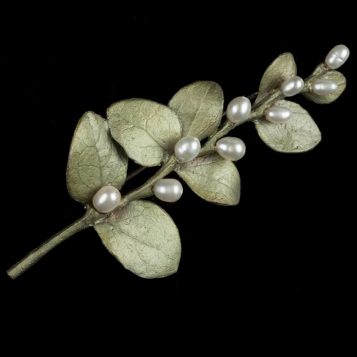
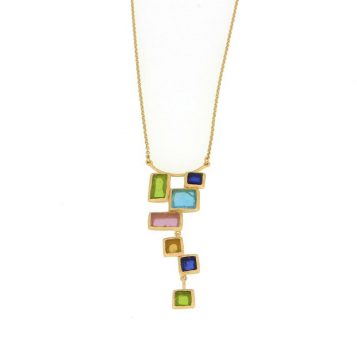
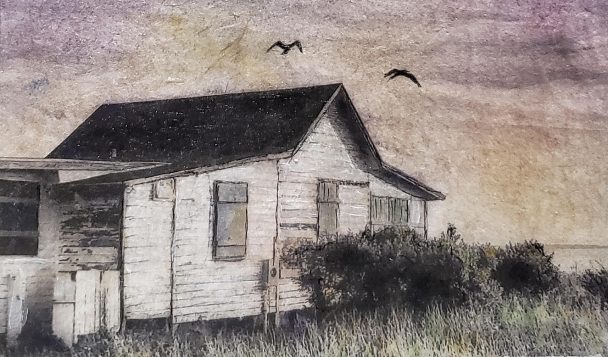



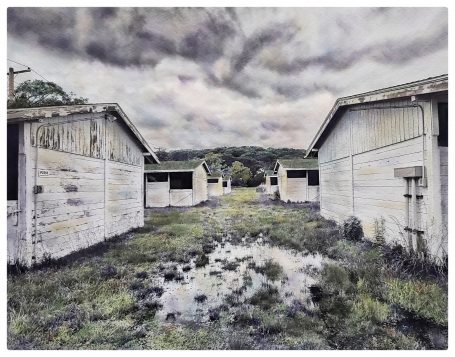
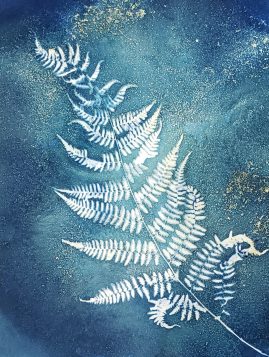


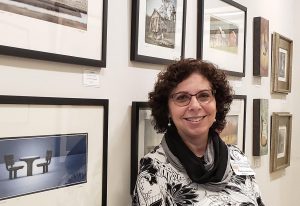

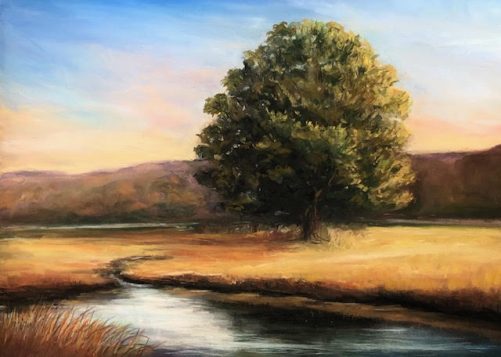
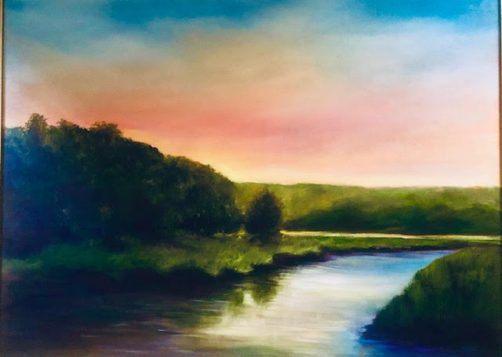
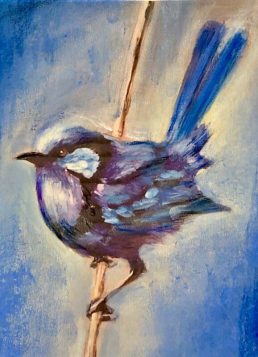
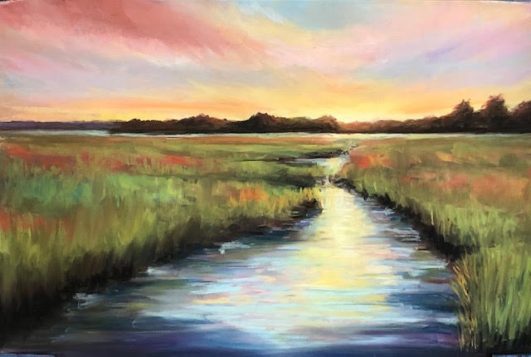
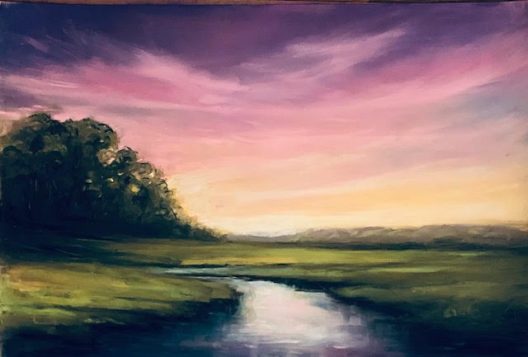
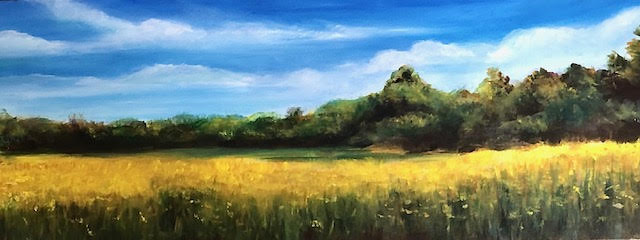


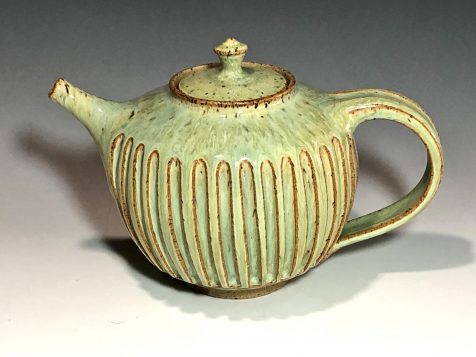
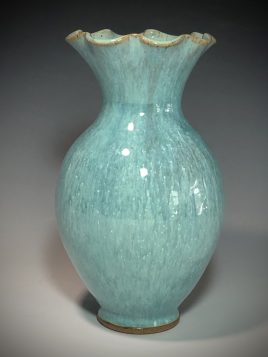
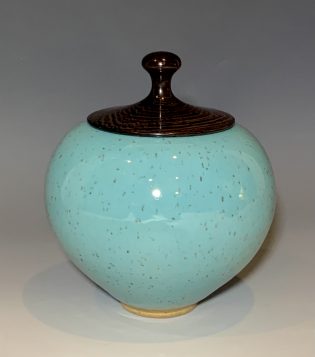
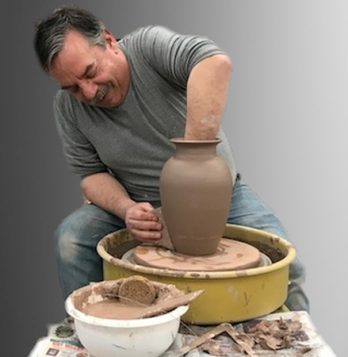
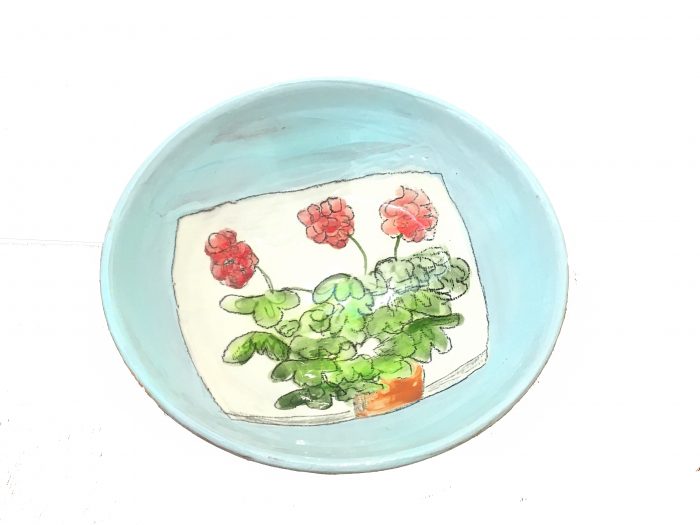
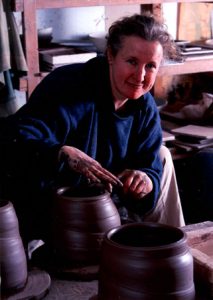
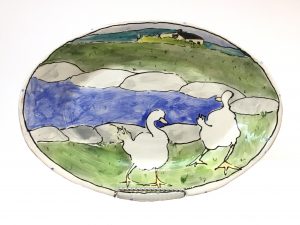 According to Donna, “I took one class in pottery in college and hated it. A couple of years later, I took another class and decided that this was what I wanted to do. I am mostly self-taught and have always had confidence in my drawings and creativity – that is what propels me. I make pieces that are both functional, as well as decorative, because I am a realist and want my work to be used.”
According to Donna, “I took one class in pottery in college and hated it. A couple of years later, I took another class and decided that this was what I wanted to do. I am mostly self-taught and have always had confidence in my drawings and creativity – that is what propels me. I make pieces that are both functional, as well as decorative, because I am a realist and want my work to be used.”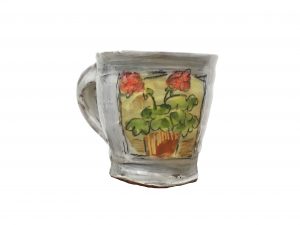 Donna McGee’s work is on display during the month of September and admission to the Reboli Center for Art & History, 64 Main St., Stony Brook is free. Hours are Tuesday to Saturday from 11 a.m. to 5 p.m. and Sunday from 1 to 5 p.m. For more information, please visit the Center’s website at
Donna McGee’s work is on display during the month of September and admission to the Reboli Center for Art & History, 64 Main St., Stony Brook is free. Hours are Tuesday to Saturday from 11 a.m. to 5 p.m. and Sunday from 1 to 5 p.m. For more information, please visit the Center’s website at 